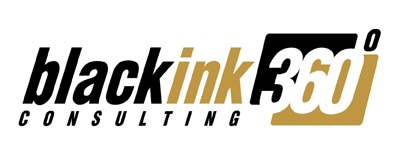Business Process Reengineering (BPR)
Business Process Reengineering (BPR)
Automation of Manual Processes
Identify tasks or activities that are currently performed manually and can be automated using technology solutions. This can reduce errors, improve efficiency, and free up resources for higher-value work.
Streamlining Handoffs
Examine the handoff points between individuals or departments within a process. Look for bottlenecks, delays, or miscommunication that can be addressed to ensure smoother transitions and faster completion of tasks.
Eliminating Non-Value-Added Activities
Identify activities within a process that do not add value to the final product or service. These activities can be eliminated or streamlined to optimize the overall process efficiency and reduce waste.
Training and Knowledge Gaps
Assess if there are gaps in skills, knowledge, or training that may be hindering the performance of individuals or teams within a process. Provide targeted training or resources to enhance competencies and improve overall performance.
Standardizing Processes
Look for inconsistencies or variations in how processes are carried out across different teams or locations. Standardize processes and establish best practices to ensure consistency, reduce errors, and enhance overall efficiency.
Reducing Cycle Time
Analyze the time it takes for a process to be completed from start to finish. Identify areas where cycle time can be reduced by eliminating bottlenecks, optimizing workflows, and streamlining activities.
Enhancing Communication and Collaboration
Assess the effectiveness of communication and collaboration within and across teams involved in a process. Identify areas for improvement, such as implementing better communication channels, fostering teamwork, and facilitating knowledge sharing.
Implementing Technology Solutions
Identify opportunities to leverage technology solutions such as software applications, data analytics tools, or workflow management systems to automate tasks, improve data accuracy, and enhance overall process efficiency.
Customer Experience Improvements
Evaluate the process from the customer's perspective and identify areas where improvements can be made to enhance the overall customer experience. This can include simplifying interactions, reducing response times, and personalizing service delivery.
Performance Measurement and Monitoring
Establish key performance indicators (KPIs) and metrics to measure process performance regularly. Implement monitoring systems to track progress, identify areas for improvement, and drive continuous process enhancement.

